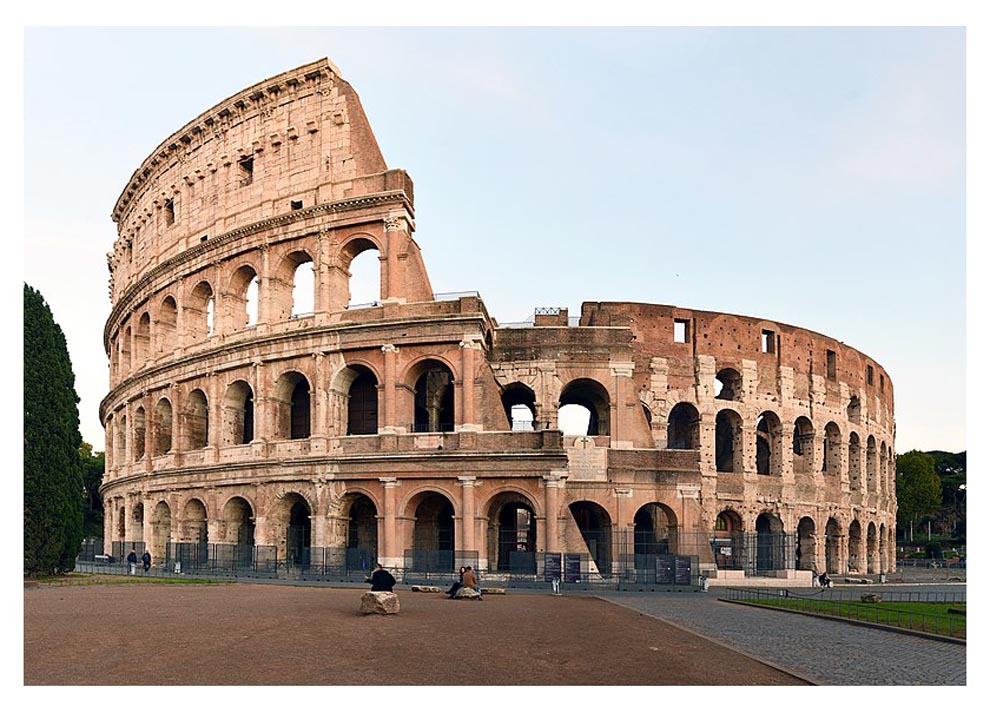

Daylight cascaded across the Piazza di Spagna that Easter week. The weather had been blissfully moderate for a Roman April. Temperatures rose past 60 degrees daytime.
Patricia had booked her April vacation for Easter week and she planned to meet some friends who lived there. They would take their morning coffee or tea at the caffe Barocco and plan each day to see many of Rome’s spectacular sights. Michael lived in Rome so he knew all the best restaurants and times to see the historic attractions. Gino and Laura lived just 40 miles outside Rome so they came for day visits.
Laura had baked a pineapple cake and brought it with her to share over their noon repast. She told them of the history of the pineapple one sun-filled Roman afternoon.
The first reference to the pineapple fruit was the 1568 translation from the French. “Nana made in the manner of a Pine apple” described the South American Tupi word meaning “excellent fruit.” The wild plant originated from southern Brazil. The first European to encounter the pineapple was Columbus in 1493. Columbus brought the plant back to Spain and called it “pine of the Indians.”
The pineapple fascinated Europeans as a fruit of colonialism. In France, King Louis XV was presented with a pineapple that had been grown at Versailles in 1733. In Russia Catherine the Great ate pineapples grown on her own estates before 1796. In time, the pineapple became a decorative element symbolizing hospitality.
Patricia and her friends enjoyed the timeless sights of Rome including the Vatican, the Sistine Chapel, the Colosseum and the Roman Forum. They saw the Catacombs of Saint Callixtus before deciding on their final evening meal at the Hostaria Antico Roma.
They wanted their last meal together to be a delicious memory in this Eternal City. Host Paolo seated them at a round table before the blazing fireplace. The restaurant previously had been chosen as a Hall of Fame one by Trip Advisor. They had skipped lunch so they would be able to enjoy this fabulous meal.
They began with the antipasto and hot buttered Italian breads. They ordered the grilled salmon with melon and mixed salads. The tonarelli cacio e pepe was so beautifully presented and wonderfully succulent. Did they have any room for dessert? Of course. And it was an amazing tiramisu.
The white candles had grown small and the crystal wine glasses were empty. They sat over their dessert and laughed and told stories as only longtime friends can do.
It was almost parting time.
The April Roman sky was now dark with stars punctuating every inch. The night calls of the birds were soft and inviting. They exchanged small gifts that would remind them of their time together.
There were Rome postcards, a rosary bought at the Vatican for Patricia, poetry books in English, a powder puff, silk ties, and chocolates. For those who enjoyed fruitcakes, there were Panforti Marguerita found at a neighborhood pantry. It had been a wonderful week and they planned to meet again during the Christmas holidays.
Arrivederci, Rome.
Until we meet again.

